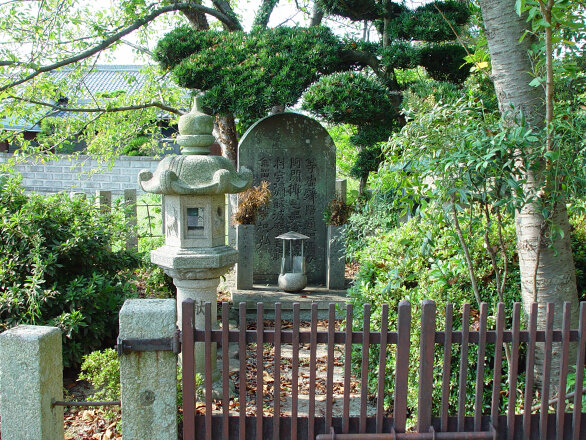Chinu no Miya Ruins
Legend connects this shrine to Princess Sotoorihime, considered one of the greatest waka poets. It was once known as Hime Jinja Shrine and was dedicated to Princess Sotoorihime. It is also noted in the Kujo family documents and is closely tied to Hinenosho.

This shrine is associated with the legend of Princess Sotoorihime, an ancient legend shared in Izumisano City. Princess Sotoorihime appears in the Kojiki and Nihon Shoki, two of Japan’s most ancient historical records, and was known as an immensely beautiful woman, as her name, which means “through clothes,” suggests: It was said that her beauty was so great that her body emitted a light that shined through her clothes. In the Edo Period, she was counted as one of the three beauties of the Imperial Court, a list which, in addition to Sotoorihime herself, included Empress Komyo and the mother of Fujiwara no Michitsuna. There are two different stories about the life of Princess Sotoorihime, but the Nihon Shoki describes her as the younger sister of Empress Oshisaka no Onakatsuhime, wife of the 19th emperor, Emperor Ingyo in the first half of the 5th century.
In the seventh year of Emperor Ingyo’s reign, the emperor saw Princess Sotoorihime perform a dance at a banquet celebrating the construction of a new palace, and sent envoys to Sakata in Omi Province, where she lived. Although Princess Sotoorihime continually refused the emperor’s invitations out of consideration for her sister, the schemes of the envoys eventually resulted in her traveling to Kyoto. Fearing the jealousy of the empress, the emperor had Princess Sotoorihime reside at Fujiwara no Miya, to which he would commute regularly. The empress, however, did indeed become jealous, and so Princess Sotoorihime offered to reside at the distant Chinu no Miya, to which the emperor then began visiting while on hunting trips to Hineno. However, when the emperor was told by the empress to lessen the burden he was placing on the people with his frequent visits, he reduced the number of times he saw Princess Sotoorihime. Princess Sotoorihime wrote a poem expressing her feelings:

According to legend, when the emperor heard this poem, he told her not to tell it to anyone else, and so people began to call algae “nanorisomo,” a play on words meaning “please don’t tell.”
Because of her tragic love story and the poems she left behind, Princess Sotoorihime is regarded as one of the great waka poets and is enshrined as the deity of Tamatsushima Shrine in Wakayama Prefecture. She is also counted as one of the “Waka Sanjin,” the three gods of waka poetry, which, depending on opinion, includes Princess Sotoorihime herself as well as Kakinomoto no Hitomaro and Yamabe no Akahito. In addition, the Gojigeninden Gyoki, the diary of Kujo Masamoto’s son Hisatsune, presents Princess Sotoorihime as an example of a person to whom people prayed to take up residence as a deity of the shrine, and states that she was granted a divine title in 650.
There are various theories as to the location of the Chinu no Miya where Princess Sotoorihime lived, but in the Senshushi compiled by Ishibashi Naoyuki in the Edo period and the Izumi Meisho Zue based on it, it is identified as having been located in Nakamura Village in Kaminogo, and that later a monument was erected in the same location inscribed with the phrase “To koshi he ni...” by Kishiwada Domain.
The monument still stands in Nakamura Children’s Park in Kaminogo, where a graveside service is held by local residents every spring.






